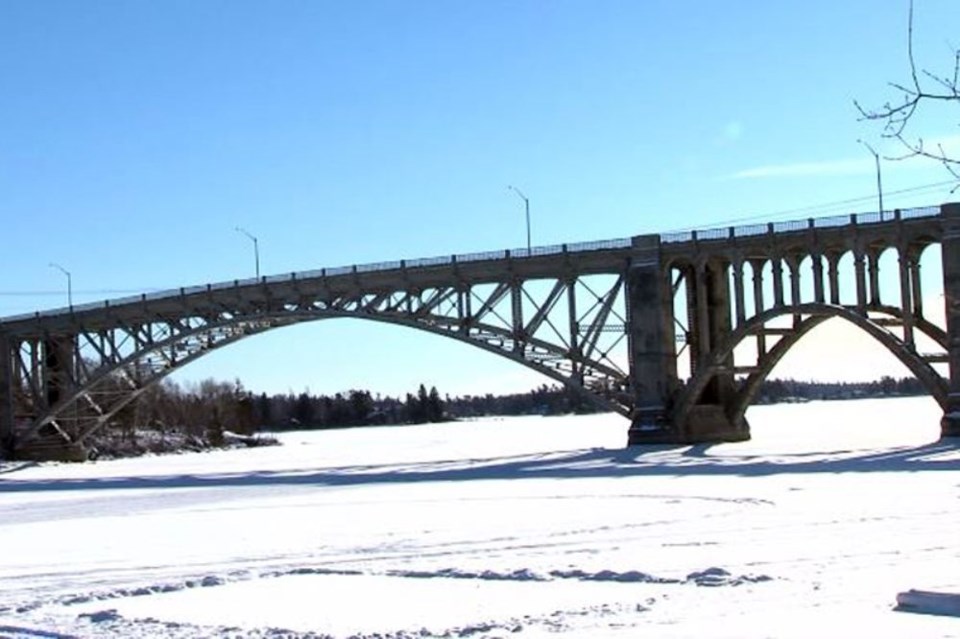KENORA -- Even as weight restrictions ease on the Nipigon River Bridge, regional municipal leaders are urging the province to proceed with caution regarding broader regulations.
The newly-constructed Nipigon River Bridge has been restricted to one lane since Jan. 10, when bolts broke that were holding the girder to the bearing on an expansion joint. The incident occurred only 42 days after it opened to traffic. The bridge was closed for 17 hours and has been reduced to a single lane.
Northwestern Ontario Municipal Assoication president and Kenora Mayor Dave Canfield worries the province will react to the bridge's failure with sweeping regulations that could impact the cost of maintaining existing bridges.
Canfield harkened back to the regulatory overhaul that followed the year 2000 tragedy when E. Coli in the City of Walkerton's water supply killed five people. Ontario's Safe Drinking Water Act that came six years later set drastically higher standards for municipal waterworks and Canfield said that came at a great cost to small municipalities.
"What we tend to do is bring in rules and regulations that are so stringent that the cost of it is astronomical," Canfield said.
"Yes, we have to find out what happened. Yes, whoever made the mistake has to be held acountable but don't bring in rules and regulations for everybody because of one bridge. That could cost municipalities hundreds of millions, if not billions of dollars."
 Canfield would have the most to lose of all regional mayors if such regulations came to pass. There are 17 bridges within Kenora's municipal boundaries, plus two pedestrian bridges.
Canfield would have the most to lose of all regional mayors if such regulations came to pass. There are 17 bridges within Kenora's municipal boundaries, plus two pedestrian bridges.
The bridge between the former town of Keewatin and Kenora is nearly as large as the Nipigon River Bridge but the province has rejected requests for maintenance funding on multiple occasions.
"We were truned down for funding again for the Keewatin Bridge. Ther's no way a city of 15-and-a-half or 16,000 people can afford to maintain 19 bridges," Canfield said.
"It's just not fathomable that we can maintain these and we're still trying to make the government understand that."
Laboratories in Ottawa and London, Ontario are now testing the Nipigon River Bridge's failing bolts and the Ministry of Transportation is aiming to have both lanes of traffic open in February.
Minister of Northern Development and Mines, Michael Gravelle said his government is focusing on what went wrong in the Nipigon River Bridge's construction, adding no sweeping regulations are in the works.
"I don't think we should be speculating on what decisions might be made as a result of what we're investigating right now," Gravelle said.
"I can't emphasize strongly enough, this is a unique structure. It's the only cable-stayed bridge in the province of Ontario. We've been building bridges for many, many years and we continue to build bridges as we speak. To start speculating about any regulatory changes that might be coming forward is certainly premature."
On Saturday, the Ministry of Transportation released an update on the Nipigon River Bridge's condition, saying the single lane has been widened from four to five metres. Weight restrictions on vehicles passing over the bridge have been loosened from 63,500 kilograms to 70,000 kilograms.
